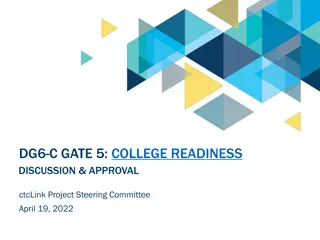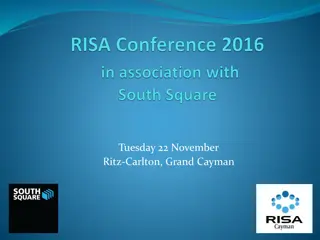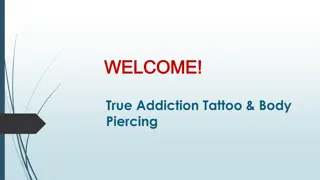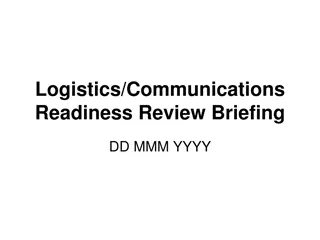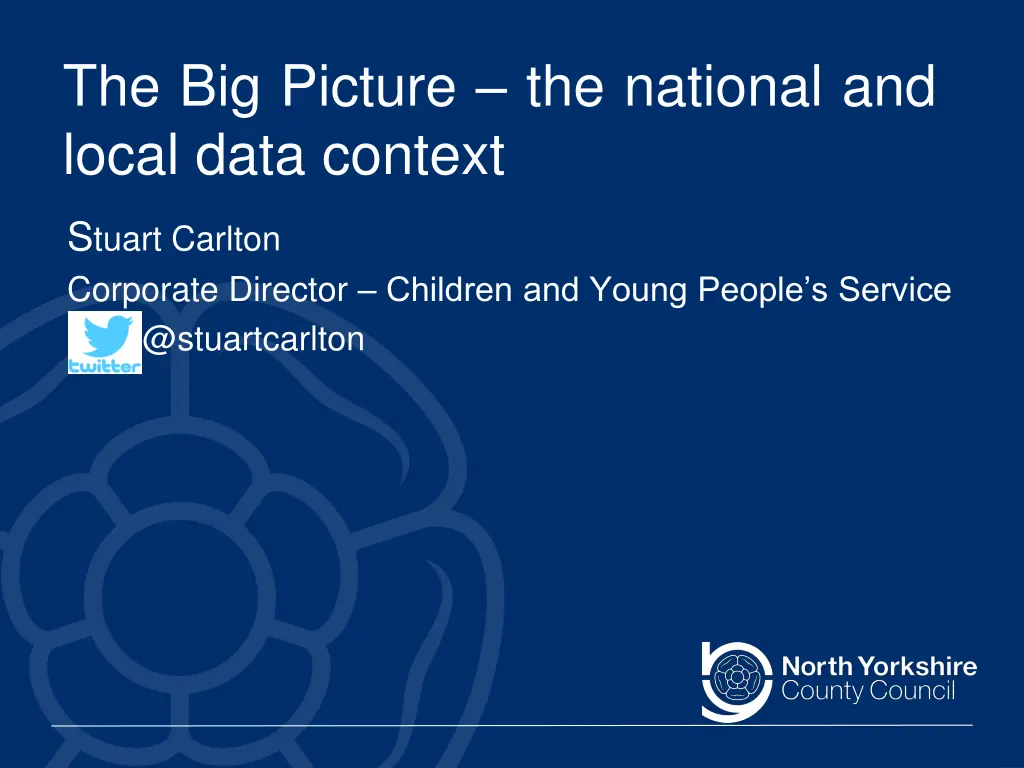
Understanding School Readiness and Performance in North Yorkshire
Explore the national and local data context regarding school readiness, early years foundation stage, and the percentage of children achieving a Good Level of Development in North Yorkshire. School leaders express concerns about school readiness, while district analysis highlights variations in performance among different areas. The challenges faced by vulnerable learners in Britain are also discussed, shedding light on social mobility disparities.
Download Presentation

Please find below an Image/Link to download the presentation.
The content on the website is provided AS IS for your information and personal use only. It may not be sold, licensed, or shared on other websites without obtaining consent from the author. If you encounter any issues during the download, it is possible that the publisher has removed the file from their server.
You are allowed to download the files provided on this website for personal or commercial use, subject to the condition that they are used lawfully. All files are the property of their respective owners.
The content on the website is provided AS IS for your information and personal use only. It may not be sold, licensed, or shared on other websites without obtaining consent from the author.
E N D
Presentation Transcript
The Big Picture the national and local data context Stuart Carlton Corporate Director Children and Young People s Service @stuartcarlton
What do school leaders think? 83% of school leaders believe that there is an issue with the school readiness of some pupils starting school. 86% of these school leaders believe the issue has become worse in the last five years. Do we know what other stakeholders think?
Early Years Foundation Stage The Early Years Foundation Stage Profile is an assessment completed at the end of the Reception year (4 - 5 year olds). It is the indicator used to assess school readiness within the public health outcomes framework It is an indicator by schools to measure readiness for the national curriculum nationally percentage of children achieving a Good Level of Development. Performance is measured by the
North Yorkshire performance Percentage of children achieving a Good Level of Development (2017) North Yorkshire National Yorkshire & Humber Statistical neighbours Top performing (average of top 10) 77.4% n/a % NY rank 71.6% n/a 70.7% 58/151 68.8% 4/15 72.5% 7/11 The total Early Years cohort was 6,196 pupils; 4,443 pupils achieved a GLD and 1,753 did not.
Achieving Development by District 2015 a Good Level of 2016 2017 Difference Since 2015 3.4% 2.2% 5.6% 5.4% Craven Hambleton Harrogate Richmondshire 68.5% 69.3% 68.0% 66.5% 71.0% 72.1% 73.5% 67.5% 71.9% 71.5% 73.6% 71.9% Ryedale Scarborough Selby North Yorkshire 65.9% 62.3% 65.4% 66.6% 66.8% 62.8% 72.2% 70.0% 68.5% 66.4% 76.0% 71.6% 2.6% 4.1% 10.6% 5.0% National 66.0% 69.0% 70.7% 4.7%
District analysis Selby has the highest percentage of pupils achieving a GLD (76%). The performance for Selby would rank the district 12th out of 152 in the country. Scarborough (66.4%) and Ryedale (68.5%) have the lowest percentage of pupils achieving a GLD. The performance for Scarborough would rank the district 129th out of 152 in the country.
Vulnerable Learners A stark social mobility postcode lottery exists in Britain today, where the chances of being successful if you come from a disadvantaged background are linked to where you live. (Social Mobility Commission, State of the Nation 2017) Disadvantaged children arrive at school months behind and finish secondary school 2 years behind
Vulnerable learners The percentage of children achieving a GLD is much lower for certain vulnerable groups: - 61.3% of children with English as an Additional Language - 53.2% of disadvantaged pupils - 21.1% of children receiving SEN support - 10.9% of children with an Education, Health & Care Plan
What would it take to make a difference? 264 additional children achieving a GLD would have ranked us 1st against our statistical neighbours. This equates to less than one pupil per school. 466 additional children achieving a GLD would have ranked us 1st in the country. This equates to less than two pupils per school.
Where could we focus? On average 454 pupils per year who did not achieve a GLD are assessed as emerging in only one or two of the twelve Early Learning Goals used for assessment. The majority of this cohort are assessed as emerging in writing and/or reading. In 2017 a total of 960 children who did not achieve a GLD missed at least one of the three Early Learning Goals under the Communication & Language Area of Learning.
Language as a Child Wellbeing Indicator Over the past 10 years, evidence concerning the strong link between early language development and later-life outcomes has resulted in several calls to prioritise early language skills as a primary child wellbeing indicator. EIF, Sept 2017
School influences There is a marked variation in performance between schools. In the lowest performing school 40% achieved a GLD, where as in the best performing school 91.7% achieve a GLD. School leadership is crucial One Scarborough Primary School has seen an improvement in % of children achieving a GLD from 47.6% in 2015 to 61.9% in 2016 to 81.8% in 2017.
Pre School Influences Parenting & families, Communities, Early Years Providers Healthy Child Programme Transitions
So what might we do? We can do this better. Some areas have have almost eliminated the development gap between disadvantaged children and their better-off peers. Know our children well and who is vulnerable Concentrate on a system that delivers targeted interventions for improving speech, language and communication. Do it together.
Our Next Question? If we started again, would it look like what we have? Are we ambitious enough? What is our best course of action? .then do it.
















